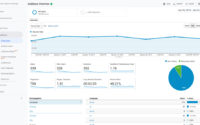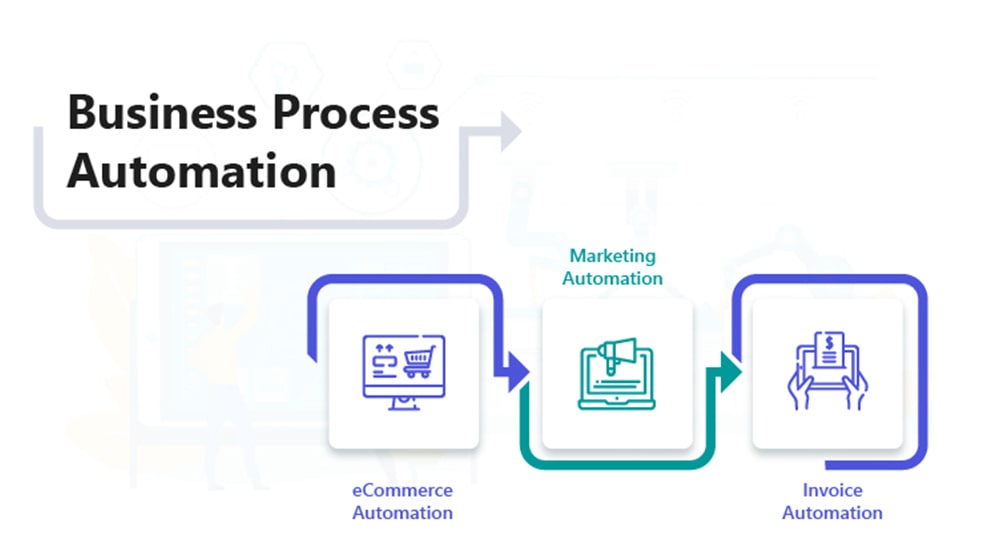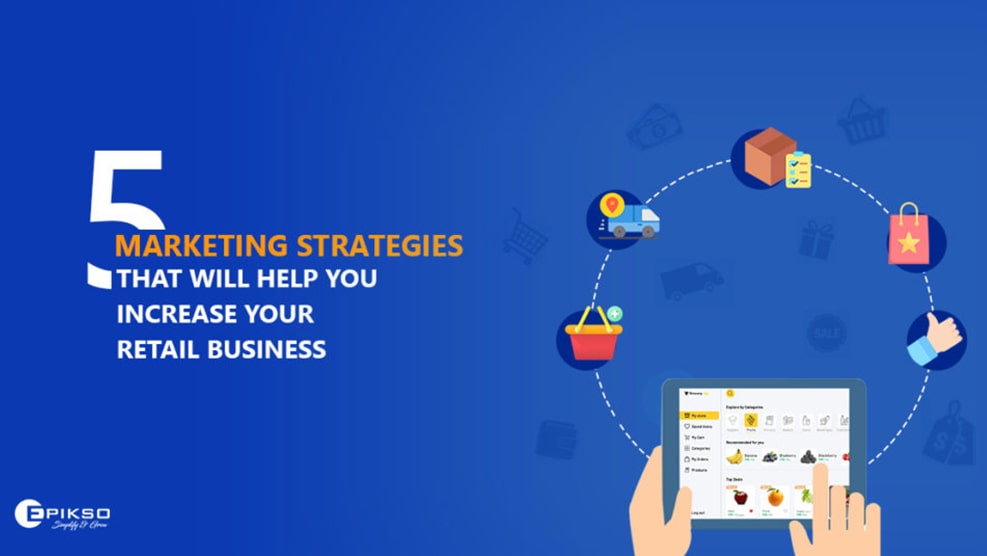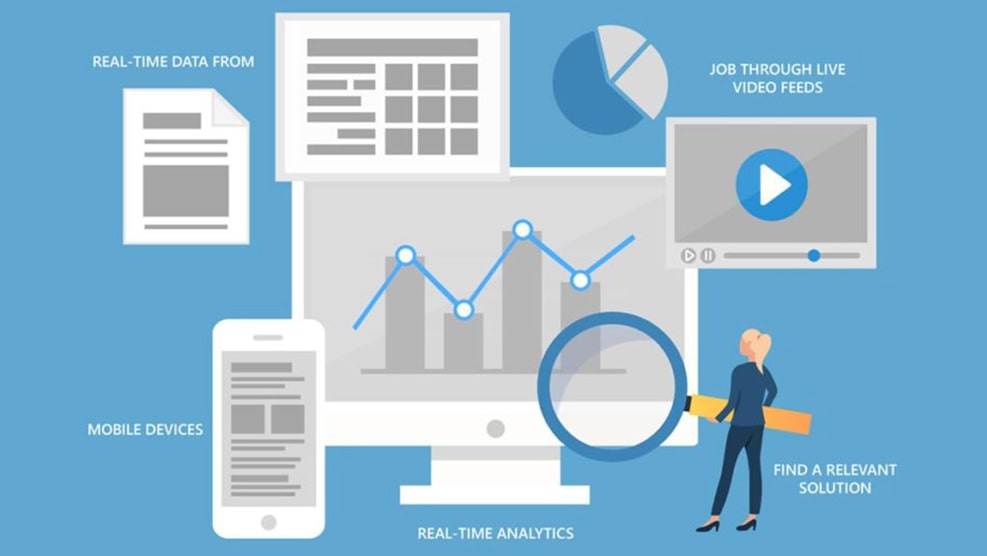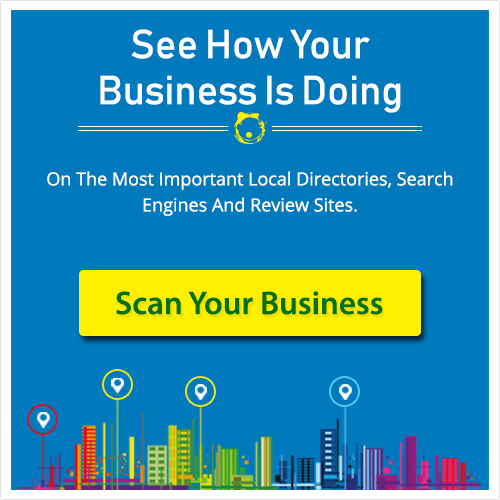Brand Management Strategy to increase Footfall in Physical Stores
A 2019 study by RescueTime found the average person spends 3 hours and 15 minutes per day on their smart-phones, staying connected to the real-time, personalized digital landscape. Consumers expect retailers to be digitally available and provide them with detailed product information at any time of the day or night.
In today’s world, retail is all about personalization. Today’s retailers have never had more demands. They are no longer involved in selling things but in selling the experience of buying those things. The latest marketing automation and brand management strategies offer some of the best opportunities to drive footfall and in-store sales. Retail businesses must both improve their use of standard platforms and incorporate the latest game-changing technologies if they want to stay relevant and dominant.
Let’s have a look at a few technological steps that can help you shape your digital retail strategy, in turn helping to boost your foot traffic:
1. Create a Google My Business listing.
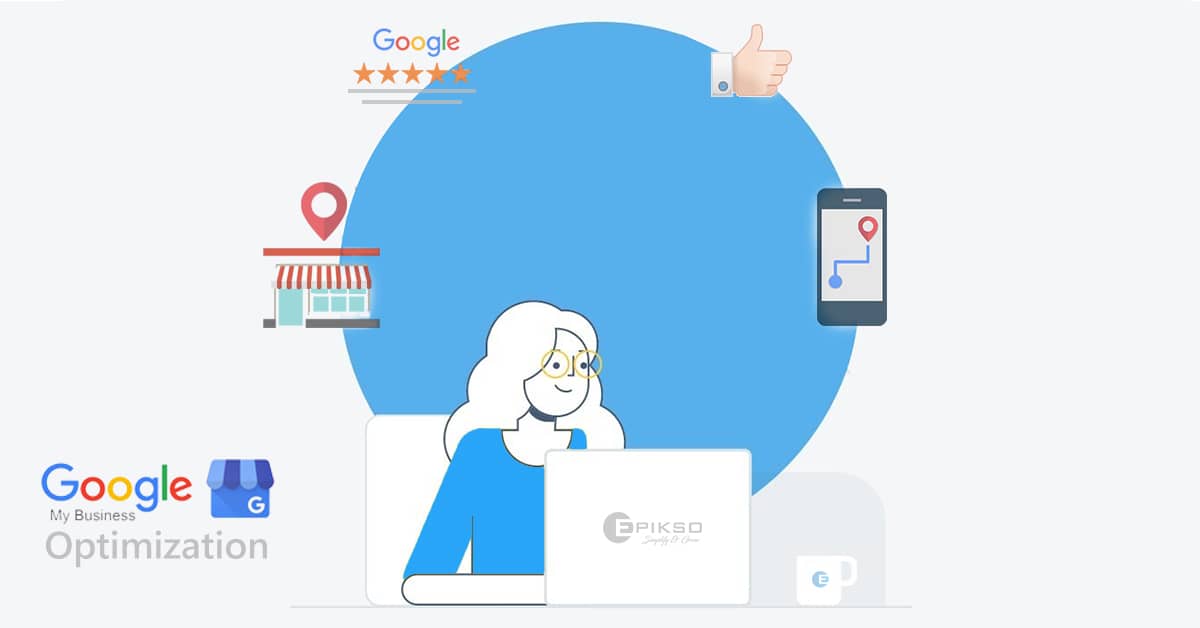
The first and foremost step in any local user acquisition strategy is to verify your local business’s Google My Business (GMB) listing . This feature helps you increase your chances of appearing in Google Maps, Google Local Pack, Google Local Finder, and organic rankings. Using the free listing feature on Google, one can include information about their company, such as their address, phone number, business hours, and accepted forms of payment. Using the advanced features of Google My Business, companies can grab viewers’ attention and improve their ranking in local search results.
An example of a Google My Business (GMB) listing:
2. Improve your Google My Business listing.
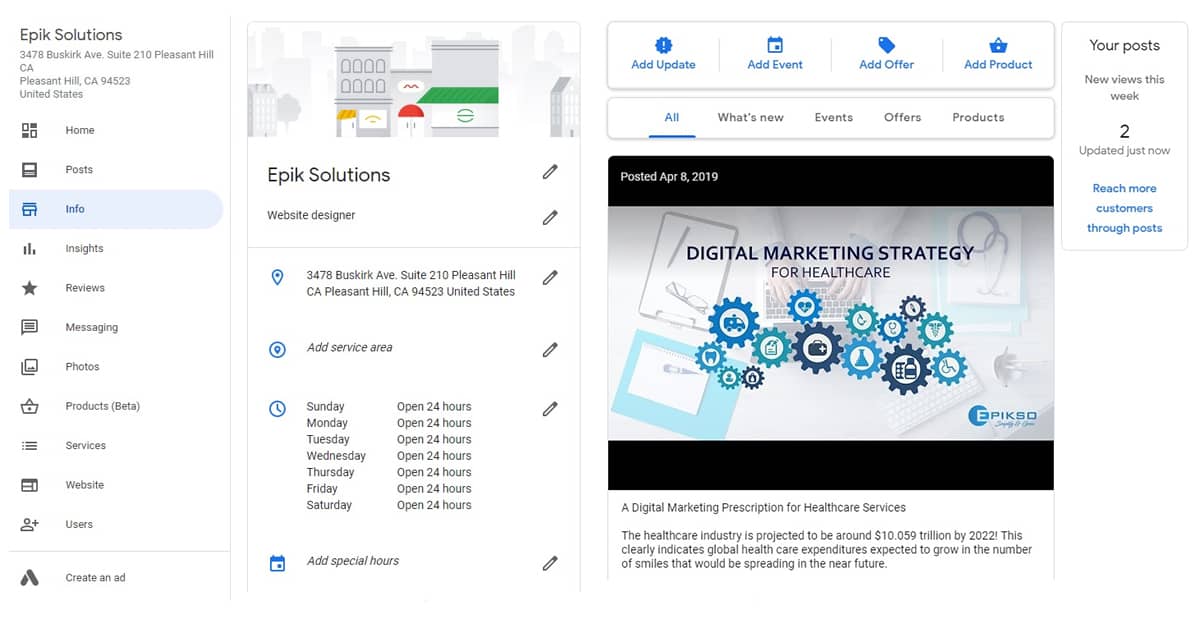
There may be situations in which people can’t find your business locally. To maximize how often customers see your business in local search results, optimize the complete Google Business listing. This way you can improve your business’s local ranking on Google, enhancing your presence in Search and Maps.
- Enter complete information about your business in Google My Business, so that customers know more about what you do, when they can visit you, and where you are.
- Verify your business location.
- Mention the hours of operation accurately. By entering and updating your opening and closing hours, you ensure potential customers do not arrive when the store is closed.
- Reply to reviews. Interacting with customers in this way shows that you value them and their feedback.
- Add relevant photos. Accurate and appealing pictures show potential customers the products or services you offer in the best possible light.
3. Focus on local business directories.
One of the best ways to advertise your business is through the yellow pages. It helps the local community easily find you. If you want to reach the largest audiences in your area, invest in an engaging ad, with all your details, and get it published.
4. Optimize local user acquisition.
To attract footfall, retailers need to optimize their user acquisition strategies. There are huge opportunities for those retailers who optimize for local search. With a well-optimized user acquisition plan in hand, retailers will be able to outperform their competition.
5. Personalize email and SMS.
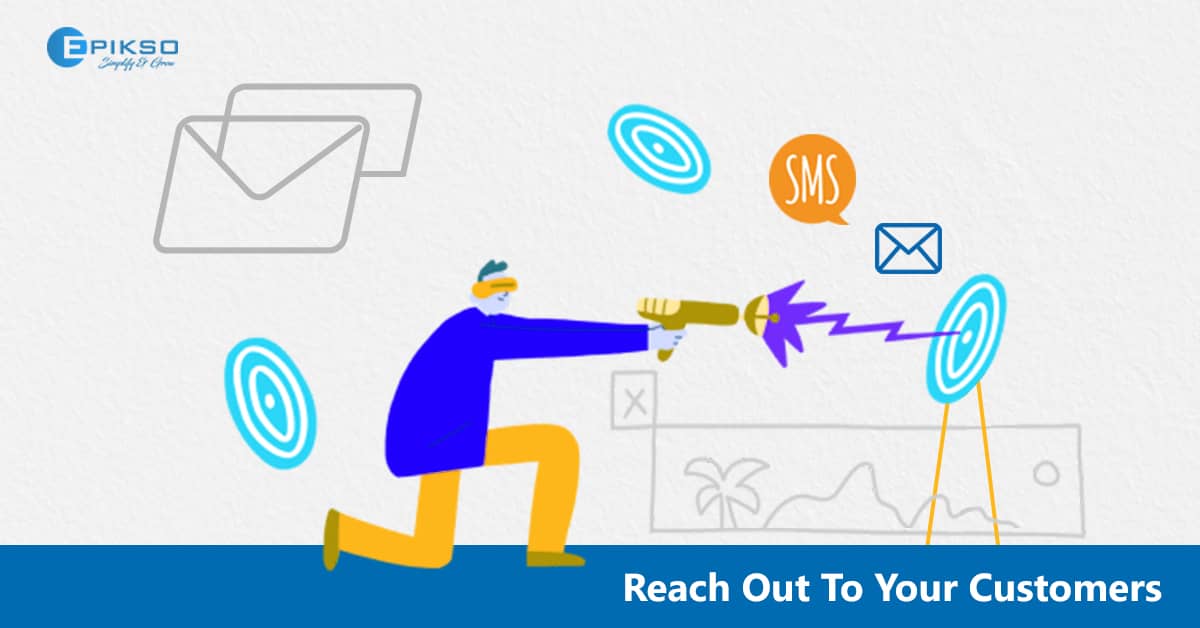
Millennials and Generation Z live on mobile. According to a report by SmarterHQ, 95% of millennials are doing other things while they shop. In order to grab their attention, it is important to send them personalized notifications over the right channels such as email. Emails has the highest ROI, on average, for marketing communications.
Another effective digital strategy is SMS marketing. While email’s ROI is impressive, texting has by far the highest engagement rate of any marketing medium. Customers prefer to receive notifications via text message, over all other channels. They also prefer SMS for reservation approvals, order status alerts, and appointment reminders.
6. Focus on local area promotion through marketing automation.
Marketers cannot ignore the prevalent trend of ROPO (research online, purchase offline). Thrifty shoppers and bargain hunters generally look online for better local deals before making a purchase. The purpose of marketing automation is to drive foot traffic to your store or business location so they can take advantage of local services. A few marketing automation hacks that you can incorporate into your ad campaigns are:
- Add location extensions to your ad campaign to display your store’s address.
- Use promotion ad campaigns to display your store’s current promotions.
In an era in which, every industry is witnessing rapid digital transformation, it is important for retailers to accept change. Some technologies will be better fits than others for their offerings and clientele. However, if they adopt a flexible digital strategy, they will be better equipped to try new technologies that help attract more clients and build a more sustainable brand.






